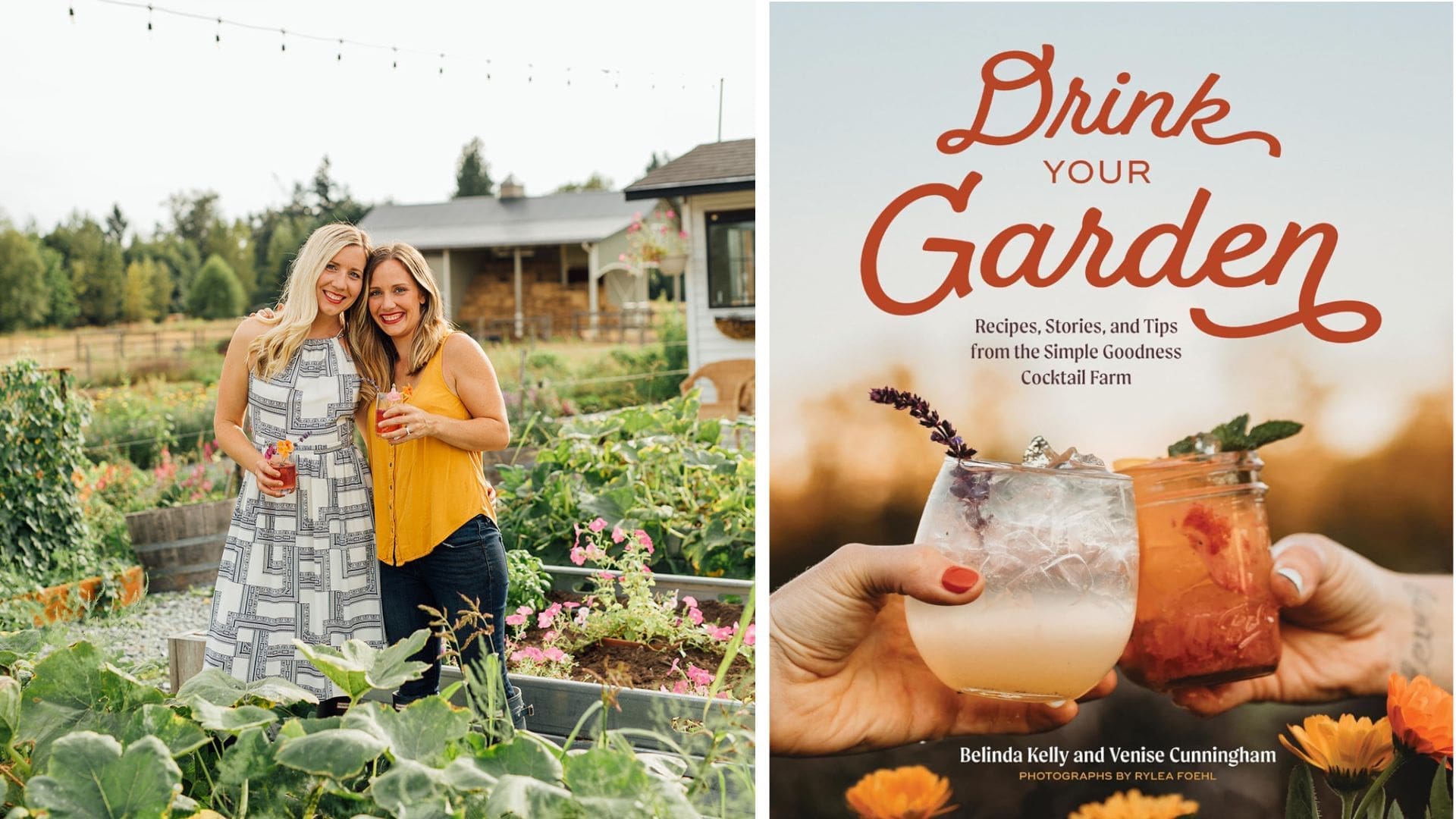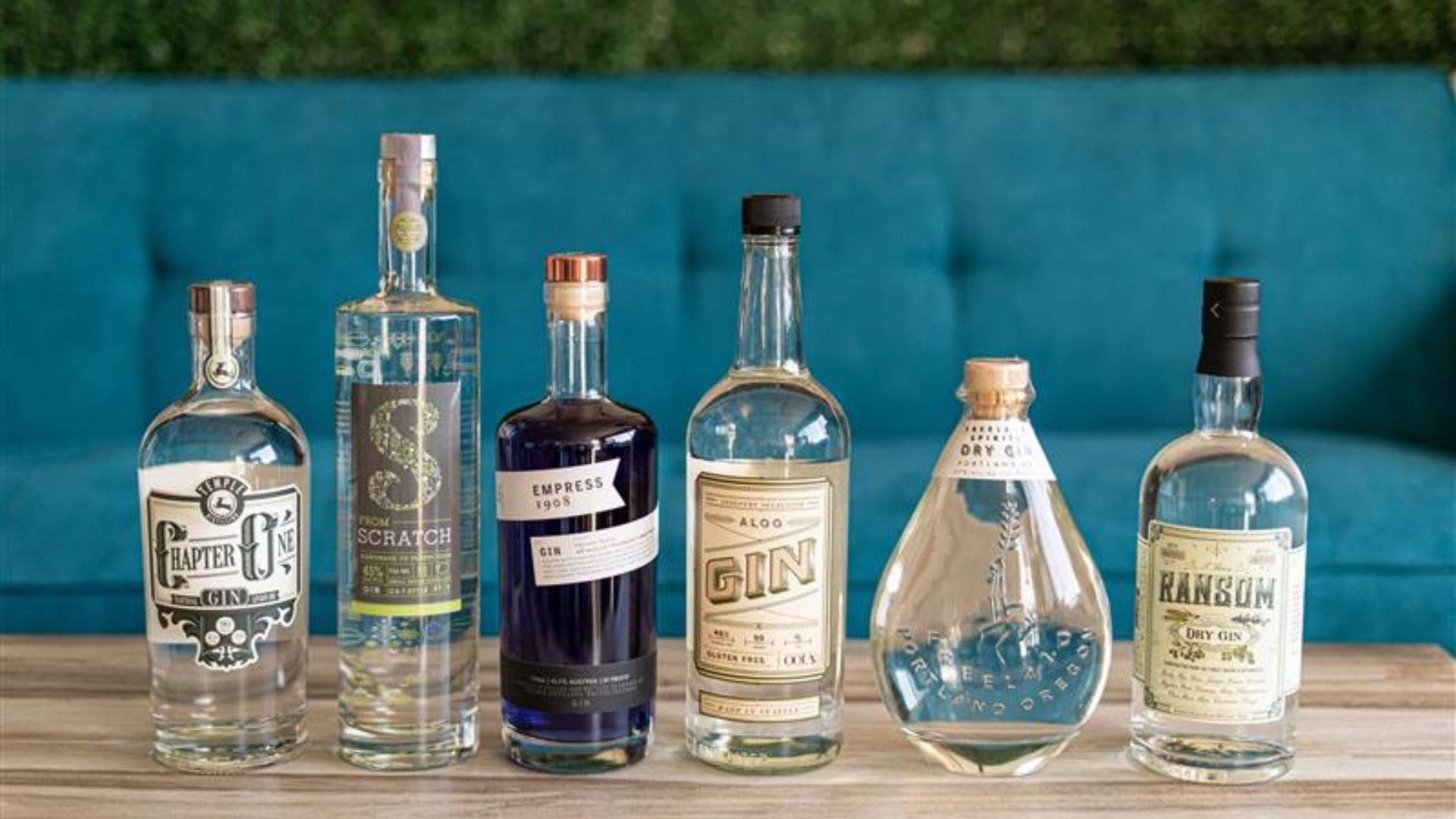It goes without saying that 2020 has thrown a few curveballs, and pretty well every industry across the board has seen its challenges. But once mid-September hit, there was a new challenge to face: devastating wildfires. Oregon and Washington saw large wildfires, with almost two weeks of thick smoke coverage and hazardous air quality. One of the major questions that’s being asked of the 2020 vintage is whether wineries are seeing smoke taint, or if the grapes harvested this fall are shaping up to still produce delicious wines.
What is smoke taint?
Barrel-aged wines are often intentionally left in toasted or charred barrels to take on subtle smoky characteristics. And those nuanced aromas can be incredibly delicious. But with smoke taint, it’s not what a consumer might consider a nice, balanced addition. Large amounts or prolonged smoke exposure can permeate the skins of grapes, leaving a taste that’s far past enjoyable, as some compare it to ash or chemicals. And while it’s considered to not be harmful, it certainly can be unpleasant.
Predictions for the 2020 Vintage
As winemakers in the Northwest have wrapped up harvest, they’re keeping a close eye on their first ferments to be sure unpleasant smoky characteristics aren’t coming through. As it stands now, so far so good.
With smoke settling in the Columbia Gorge for weeks, the air quality was measured at hazardous levels for a significant amount of time. “We’re still cautiously optimistic,” says Luke Bradford, owner of COR Cellars in Lyle, Washington. “It’s not an issue so far.”
For some wineries throughout Washington and Oregon, they may have already been picking before the peak wildfire season hit, meaning smoke taint isn’t an issue at all. Or, it may only be noticed in certain varietals or in grapes from specific vineyards.
The smoky notes don’t come through when simply tasting the grapes — those characteristics are only activated once fermentation begins. For many winemakers, that means sending the grapes for lab testing, along with watching their ferments incredibly closely. “It’s something we’re keeping our eye on, all the way through each ferment,” Bradford says. “And when we go to barrel, we’ll be keeping it in the back of our mind.”
When smoke is detected, there are a few options available. If it’s complementary, some winemakers choose to accept it as is, or they utilize the resulting wine in a blend. For others, the characteristics of smoke taint may be too pervasive, so much so the whole lot is bad enough to toss.
Walla Walla winemaker Ashley Trout of Brooke & Bull and Vital Wines has found that much of the exposure is dependent on the varietal, with some that weren’t showing any exposure at all. “We saw drastically less than I thought we would,” she says. “While it has been stressful, it has also been abundantly fascinating.”
For Abacela in Oregon’s Umpqua Valley, their predictions are positive as well. After the Archie Creek Fire ignited on September 8, less than 50 miles from their vineyard, harvest looked a bit different. “After light rains on September 24 and 26, we experienced a stretch of dry and warm weather creating an ideal harvest window, allowing us to pick different blocks and varieties at optimal ripeness,” says Hilda Jones, owner of Abacela. “We harvested nearly 90% of our estate vineyard during this window, a fairly condensed harvest compared to past years.”
Jones says test fermentations and real fermented wines are looking good. “They’re clean and unaffected by the smoke,” she says. According to Jones, just a few ferments were showing subtle notes of smoked meat or toasted characteristics, but nothing was showing negatively or outside the realm of what would be considered normal.
Overall, it’s important to remember that winemakers won’t release a wine they think is bad. The theme for the 2020 vintage seems to be that winemakers are remaining cautiously optimistic, as Bradford noted. But if anything is problematic, it won’t make it to market.











